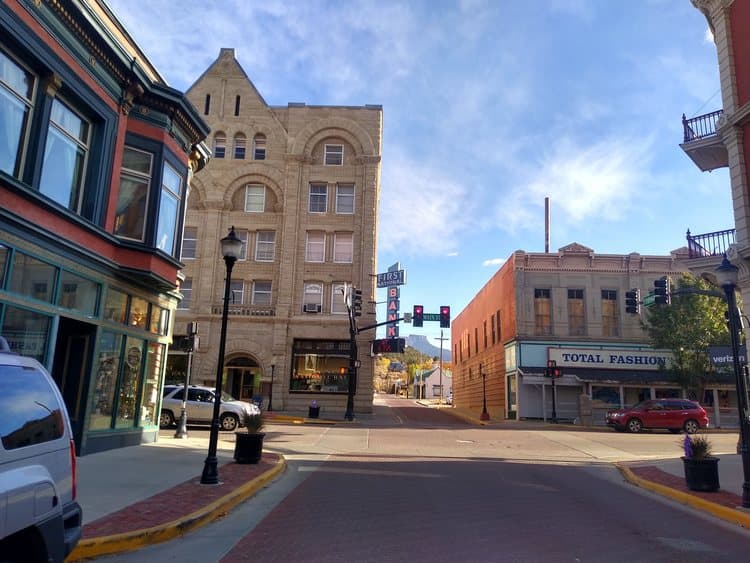Rare Aurora Lights Visible Over Southern Colorado, Photos Confirmed
Last week residents across southern Colorado reported a rare aurora display, and The Chronicle News published a photo gallery and staff report on November 19 documenting the event. The images, including shots taken near Hoehne by photographer Rebecca Tischler, underscore a brief moment of national attention for Las Animas County and raise local questions about tourism, safety, and opportunities for promotion.

A striking aurora borealis that appeared over parts of southern Colorado last week drew widespread attention and was documented in a photo gallery and staff report published by The Chronicle News on November 19, 2025. The newsroom compiled both professional images and viewer submissions, noting that social media feeds filled with photographs and captions that captured the rare night sky display over Las Animas County and neighboring areas. The gallery includes photos taken near Hoehne, with photographer Rebecca Tischler credited, and the full collection is available on The Chronicle News site behind a login.
The immediate significance for Las Animas County was visibility. Scenic and unexpected events like this generate social media traffic and local curiosity, which can translate into short term economic benefits for small rural communities. Photographs posted online act as free advertising for the region, attracting attention from potential visitors who may combine stargazing or dark sky viewing with stays at local lodging, dining at county restaurants, or visits to cultural sites. For a county that relies on a mix of ranching, energy, and small scale tourism, a concentrated burst of attention can create measurable upticks in website traffic and inquiries for local businesses.
There are also practical considerations for local leaders. Night time events can raise concerns about roadway safety, lighting on county roads, and the need for timely public information when unusual natural phenomena draw crowds. Emergency responders and county officials may need to coordinate messaging about safe viewing locations, road conditions, and the potential for increased traffic late at night. Investment in broadband and cellular coverage also matters, since residents and visitors often use mobile data to stream or post images in real time.
From a policy perspective, the event points to longer term strategies. County tourism officials and chambers of commerce could incorporate dark sky or astro tourism into marketing plans, working with state tourism agencies to position Las Animas County as a destination for night sky experiences. At the same time coordination with state and federal partners on space weather alerts would help ensure public safety and infrastructure resilience. Scientific context also matters. Auroras occur when charged particles from the sun interact with the upper atmosphere, and while they are more common at high latitudes, strong solar activity can push displays farther south on occasion.
The Chronicle News gallery provides local evidence of the November display and the online reaction that followed. For residents and officials, the episode offers both a moment of community pride and a prompt to consider how to convert sporadic attention into sustained economic and public safety benefits for Las Animas County.


